Blue Candy
Cannabinoid THC Dominant
THC 17 - 23%
CBD 0.05 - 0.91%
Effect Focused
Side Effect Concern
Flavor Menthol
All AboutBlue Candy Strain
THC
CBD
Potency
Blue Candy is a Sativa-dominant hybrid with a THC range of 17-23%. It features a flavorful blend of menthol, woody, and sage notes. The strain is known for its focused and uplifting effects.
Effects, Medical and Recreational Uses
Blue Candy is often used for muscle spasms, insomnia, glaucoma, and PMS due to its calming and sedative properties. However, it may cause hunger, dry eyes, and paranoia as side effects.
Cultivation Details
This strain flowers in 47 to 67 days, reaches a height of 30-60 inches, and is suitable for both indoor and outdoor growth. Yields are about 0.5 - 1 oz/ft² indoors and 10 - 15 oz per plant outdoors.
With a terpene profile rich in Pinene, Geraniol, Humulene, and Terpineol, Blue Candy offers therapeutic effects along with a refreshing taste.
Side Effects
Simply let us know how this strain tastes or write a detailed review.
Blue Candy Strain Cannabinoids
| THC | Tetrahydrocannabinol, or THC, is a major cannabis chemical compound. It is a psychoactive element that stimulates dopamine release and induces euphoria or happiness. THC-rich strains may be helpful with such conditions as lack of appetite, chronic pains , etc. It is considered to be the primary active marijuana component. | 17 - 23% |
| CBD | Cannabidiol, or CBD, is a major compound in cannabis, which is non-psychoactive. It is also proved to counteract the side effects of the second major component THC. CBD is widely used for medicinal purposes in rubs, oils and so on. It is helpful in muscle pain cases, may treat arthritis and migraines. Even Greeks used it against pain, while Queen Victoria applied it to get rid of menstrual cramps. | 0.05 - 0.91% |
| CBC | Cannabichromene, or CBC, is a minor cannabinoid, meaning that its quantity in cannabis is quite little. Though it has the same origin as CBD and THC, it is different in functions. Without any psychoactive effects, it is an efficient cannabis compound in combating acne and depression. CBC produces analgesic, antibacterial and anti-inflammatory effects. | 0.29 - 0.68% |
| CBG | Cannabigerol, or CBG, is one of the minor cannabis compounds in adult plants. On the other hand, young ones contain a lot of this antibacterial and anti-inflammatory component. During the growth, CBG is converted into different cannabinoids, mostly THC and CBD. The compound itself increases appetite and decreases eye pressure. | 0.37 - 0.85% |
| CBN | Cannabinol, or CBN, is a trace element in cannabis that is considered to be mildly psychoactive. It appears from oxidation THC, exposed to light and heat. CBN is mostly contained in old cannabis and in traditional hashish. It is effective against insomnia, bacterial infections and appetite loss. | 0.55 - 0.22% |
| THCV | Tetrahydrocannabivarin, or THC-V, is a compound contained in cannabis in trace amounts. Even though it is close to THC molecularly, it is different in effects. This compound may be psychoactive only in large amounts. THC-V reduces blood sugar, controls appetite, stimulates bone growth, etc. African Sativa strains are the richest in THC-V. | 0.22 - 0.98% |
Blue Candy Terpene Profile
| Pinene | Pinene is one of the most widespread terpenes in nature, found in pine trees, basil, nutmeg, parsley, and rosemary. Cannabis containing terpene (alpha-pinene or α-pinene) boasts a strong pine scent. Pinene is responsible for anti-inflammatory, pain-relieving, and anti-anxiety effects. | 0.38% |
| Geraniol | Geraniol is a terpene initially contained in geraniums, as well as lemongrass, lemon peels, roses, blueberries, and carrots. The aroma is a sweet rose scent with notes of citrus. Geraniol features anti-inflammatory, antibacterial, antifungal, and neuroprotectant properties. It's rumored to have side effects such as allergic contact dermatitis or sensitive skin irritation. | 0.08% |
| Humulene | Humulene (also known as α-humulene) is one of the major terpenes found in cannabis, contributing to woody, earthy, spicy, herbaceous, and, mainly, floral aromas of cannabis. Used in modern medicine, humulene offers anti-inflammatory, antibacterial, and appetite suppressant effects, which have been well-researched by pharmaceutical companies. | 0.46% |
| Terpineol | Terpineol (also known as alpha-terpineol or a-terpineol) is a terpene naturally occurring in more than 150 plants, including lilacs, lime blossoms, eucalyptus sap, and pines. Among the therapeutic qualities are anti-inflammatory, antioxidant, antitumor, and antimicrobial. In cannabis, terpineol boasts the distinctive pine smoke aroma and causes a relaxing, sedative effect. | 0.08% |
| Total terpenes content | 1.00% |
Growing Info
Similar Strains

THC 21.25 - 23.5%
CBD 0.18 - 0.53%
Effect Uplifted
Flavor Diesel
THC 22 - 24%
CBD 0.47 - 0.71%
Effect Relaxed
Flavor Sweet
THC 20.67 - 23.67%
CBD 0.98 - 1.28%
Effect Sleepy
Flavor Sweet
THC 23.75 - 25.25%
CBD 0.13 - 0.5%
Effect Happy
Flavor Diesel
THC 21.5 - 24%
CBD 0.77 - 1.09%
Effect Tingly
Flavor Sweet
THC 14 - 18%
CBD 0.04 - 0.84%
Effect Focused
Flavor Pineapple

THC 22.4 - 24.2%
CBD 0.58 - 0.78%
Effect Happy
Flavor Sweet
THC 21.5 - 24%
CBD 0.46 - 0.68%
Effect Sleepy
Flavor Coffee
THC 16 - 19%
CBD 0.16 - 1.16%
Effect Uplifted
Flavor Ammonia
THC 18.63 - 22.3%
CBD 0.58 - 0.99%
Effect Sleepy
Flavor Pine
THC 16.6 - 18.8%
CBD 0.73 - 1.01%
Effect Euphoric
Flavor Pungent
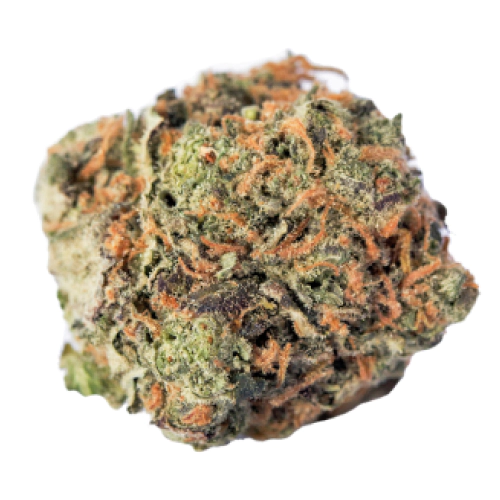
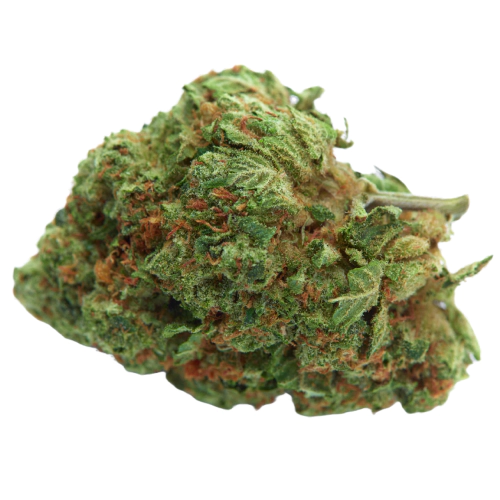


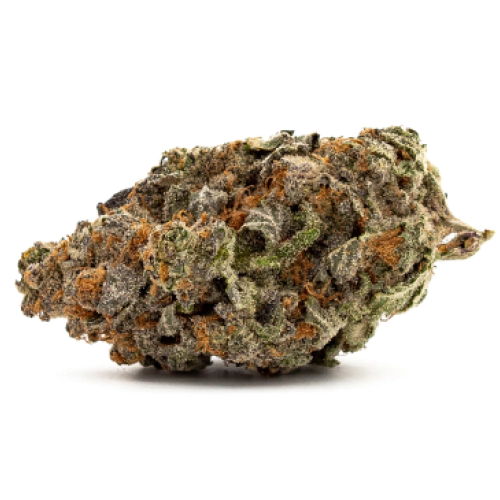
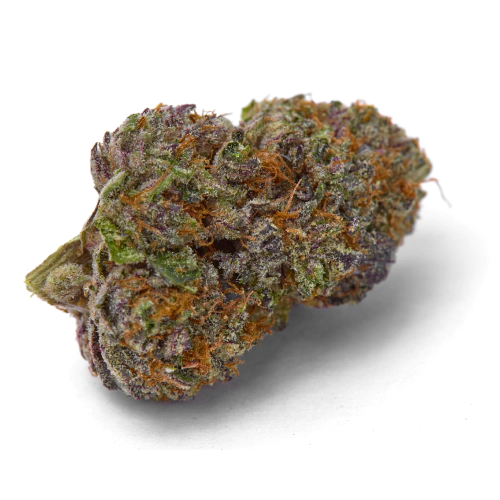
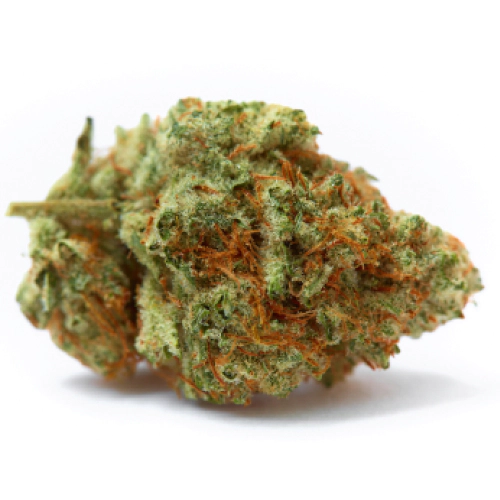

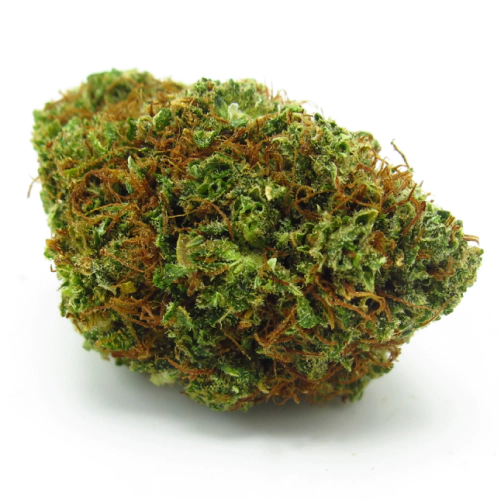
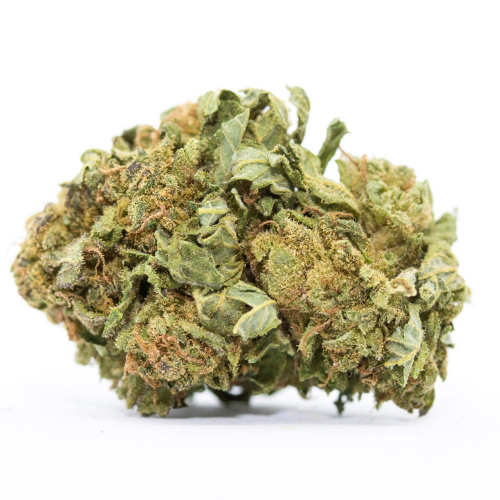
Be the first and share your opinion
Write a Review